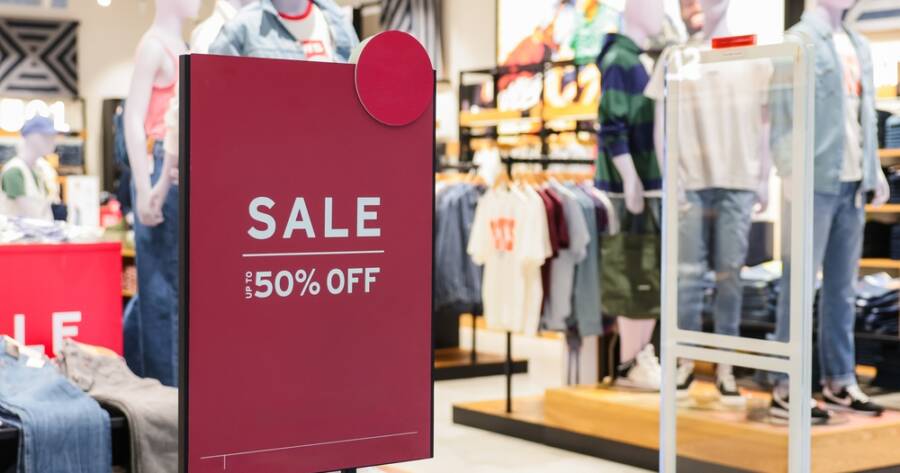Strolling through the mall, a massive “50% Off” sign catches your eye, promising irresistible deals. Instantly, excitement builds, urging a detour into the store. Is the promise of a deep discount working its magic — or is there a deeper influence at play? Retailers skillfully use discounts to captivate and draw in shoppers. Let’s dive into the psychological tricks involved — and whether they truly offer savings.
The Psychological Trigger Behind Discounts
Retailers often leverage the power of scarcity and urgency. A limited-time offer can induce a fear of missing out. This fear can compel customers to make snap decisions. Shopping becomes less about need and more about seizing an opportunity.
Many people experience a rush of dopamine when shopping during sales. This chemical reaction stimulates feelings of pleasure and reward. Shoppers might believe they are gaining something valuable. Yet, this can lead to impulsive purchases that weren’t initially intended.
Discount Strategies: Do They Always Favor the Customer?
Stores employ tactics like marking up prices before offering a discount. This can create an illusion of a bigger saving. “Was $100, now $50” may seem appealing but isn’t always the best deal. Consumers need to be astute to evaluate the actual worth.
Retailers often use complex pricing strategies to mask true costs. Buy one, get one free deals can encourage customers to buy more than needed. Many times, the goal is to boost sales volume rather than offer real savings. Shoppers may find themselves spending more under the guise of a bargain.
The Emotional Appeal of Discounts
There’s an emotional satisfaction that accompanies scoring a deal. It can feel like beating the system, a win against high retail prices. This emotional high may drive people to buy more items than planned. Retailers tap into these feelings to enhance spending behavior.
However, deals can be a double-edged sword. What feels like a success can later bring buyer’s remorse. People might realize they didn’t budget for the expense. While the initial emotional buzz is exhilarating, it may not last.
Are Loyalty Programs Truly Beneficial?
Loyalty programs are designed to keep customers coming back. These programs offer points or rewards for frequent purchases. On the surface, this seems beneficial to the consumer. Over time, however, it may encourage higher spending.
Loyalty incentives can trap consumers into a cycle of spending. They might buy more to reach elusive reward tiers. The sense of earning something “extra” can override rational financial planning. While there are benefits, shoppers may find themselves entangled in a spending loop.
So, Are Discounts Really Worth It?
To truly benefit from discounts, understanding needs versus wants is crucial. Deals may offer genuine savings on necessary items. Yet, they can also entice purchases that don’t truly serve a need. Self-awareness of shopping habits can provide better outcomes.
Knowing your financial boundaries can also help preserve budget integrity. Discounts should ideally enhance your purchasing power without straining your finances. Sometimes, the best savings come from resisting discounts altogether. It’s about recognizing the emotional and financial landscape before making decisions.
A Smart Shopper’s Balance
Discounts are a powerful tool in the marketing arsenal. Understanding the psychology behind them can lead to more informed shopping. Recognizing emotional triggers can prevent regretful purchases. A little insight into sales tactics can make all the difference.
While discounts can offer great options, they are often designed to boost sales. Evaluating whether you’re genuinely saving is crucial. With awareness and intention, navigating the world of discounts can become less overwhelming. A balanced approach can lead to both smart savings and satisfying shopping experiences.





